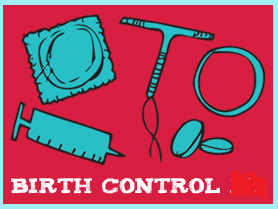
10 Birth Control Methods
Birth control, also known as contraception and fertility control, are methods or devices used to prevent pregnancy. There is no “best” method of birth control. Each method has its pros and cons. There are many types of birth control methods, so make sure you and your partner are both comfortable with the one you choose. The more you both know, the more you can share the responsibility and make it work. Here is a list of some methods which can be used after considering experts:
10. Birth Control Implant

The birth control implant, known commonly by the brand names Nexplanon or Implanon, is a thin, flexible plastic implant about the size of a cardboard matchstick. It is inserted under the skin of the upper arm by a health care provider. It is safe, effective, and convenient as it protects against pregnancy for up to three years.
9. Birth Control Patch
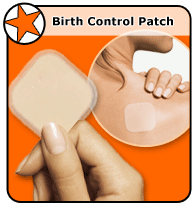
The birth control patch is a thin, beige, plastic patch that sticks to the skin to prevent pregnancy. A new patch is placed on the skin once a week for three weeks in a row, followed by a patch-free week. The birth control patch is commonly called Ortho Evra, its brand name.
8. Birth Control Pills
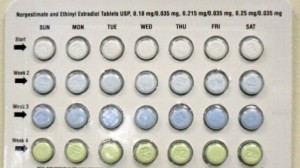
They are a kind of medication that women can take daily to prevent pregnancy. They are also sometimes called “the pill” or oral contraception. Birth control pills are safe, effective, convenient, and easy to get with a prescription. There are two basic types — combination pills and progestin-only pills. Both are made of hormones like those made by a woman’s ovaries. Combination pills contain estrogen and progestin.
7. Birth Control Ring (NuvaRing)
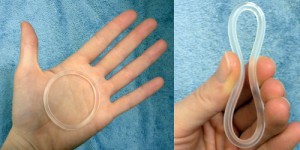
The Ring — NuvaRing — is a reversible prescription method of birth control. It is a small, flexible ring that is inserted into the vagina once a month. It is left in place for three weeks and taken out for the remaining week. The ring releases synthetic hormones to protect against pregnancy for one month.
6. Essure

The Essure procedure is permanent and is NOT reversible. Therefore, you should be sure you do not want children in the future. The Essure procedure is different than the traditional method of a surgical tubal ligation. With Essure there is no cutting (incision) into the body. Instead, an Essure trained doctor inserts spring-like coils, called micro-inserts, through the body’s natural pathways (vagina, cervix, and uterus) and into your fallopian tubes. Unlike birth control pills, patches, rings, and some forms of IUDs, Essure does not contain hormones to interfere with your natural menstrual cycle
5. Vaginal Contraceptive Film
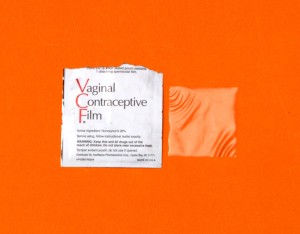
(VCF) is a form of birth control used by women. VCF is a very thin square that dissolves quickly in the vagina and releases a spermicide that kills sperm. The film is made of soluble material, a material that dissolves when it comes in contact with bodily fluids inside the vagina. This is manually inserted high into the vagina and dissolves in the normal vaginal fluids.
4. Emergency contraception (EC)
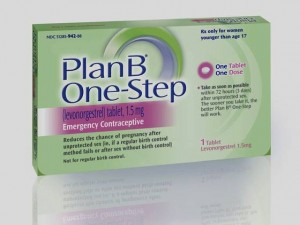
This is a safe and effective way to prevent pregnancy after you have unprotected intercourse. Emergency contraception is sometimes called the morning after pill, backup birth control, or by the brand name Plan B. EC will not work if you are already pregnant- it does not cause abortion. They work primarily by preventing ovulation or fertilization.
3. Condoms

Condoms are the most widely used method of birth control. These are a “barrier” birth control, because they prevent pregnancy by blocking a sperm from meeting an egg. They also prevent skin-to-skin contact between partners, making them one of the few birth control methods that can prevent the spread of sexually transmitted infections or HIV.
2. Fertility Awareness

The most important thing besides all these methods is the fertility awareness. A woman’s body gives out signs that tell her when she’s at her most fertile and more likely to get pregnant. So if you read the signs in your body, like when you’re ovulating, you can help make birth control methods work better and reduce your chances of getting pregnant.
1. Abstinence

Abstinence is a fancy word for choosing not to do something. A person can choose to abstain at any point in their life, even if they haven’t abstained in the past. Sexual Abstinence means choosing to abstain from different levels of sexual activity. Undoubtedly, this is the most effective way of birth control method if both the partners are consenting. Sexual abstinence before marriage is required in some societies by social norms, or, in some countries, even by laws.
We believe you have the right to control the timing of pregnancy, but birth control is not a “one size fits all” method. Talk to your partner about birth control. Be honest with yourselves about what is right for you both, because each person has a responsibility when it comes to reducing the risk of pregnancy.
